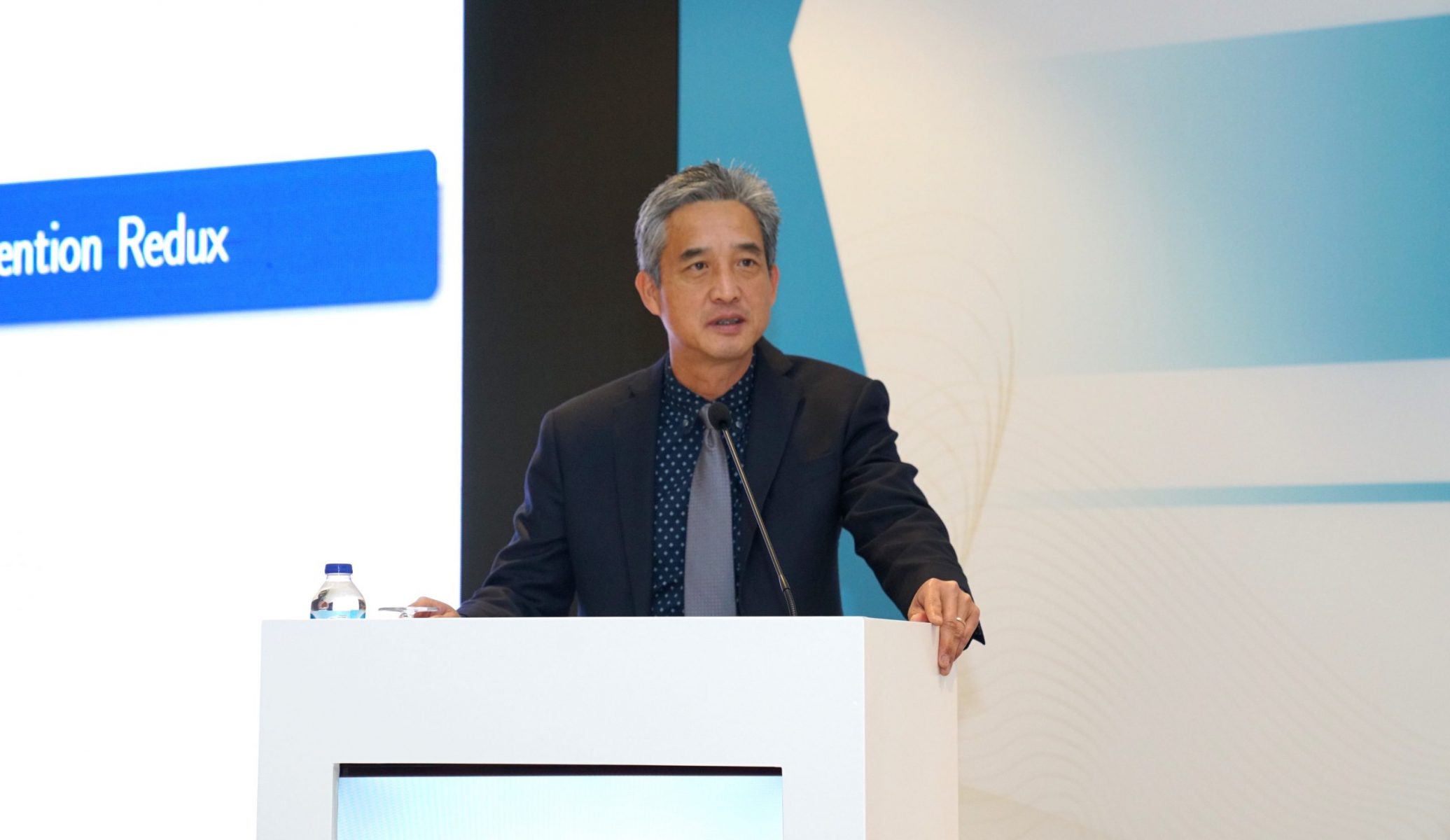FX Intervention and Unconventional Policy

- Optimal Foreign Reserves and Central Bank Policy Under Financial Stress (with Luis Felipe Céspedes). Forthcoming, AEJ: Macroeconomics. We develop an open economy model in which a central bank accumulates reserves to supply international liquidity if external financial constraints become binding. The model yields novel insights about the links between reserves accumulation and unconventional central bank policy. For example, we show that the optimal level of reserves depends on whether, in case of a crisis, the central bank provides liquidity to ultimate users (households or firms) or to domestic banks. We also provide a careful analysis of associated second best policy, and a comparison against capital flow management approaches. Slides
- Foreign Exchange Intervention Redux In: Monetary Policy and Financial Stability, Alvaro Aguirre, Markus Brunnermeier, and Diego Saravia, eds., Banco Central de Chile, 2018. Develops the view that sterilized FX intervention should be analyzed as a special kind of unconventional policy. This requires a model with financial frictions, which must bind only occasionally in order to be consistent with the empirical evidence on FX intervention. The resulting perspective yields several novel lessons, not only for sterilized intervention but also for the question of reserves accumulation and the quasifiscal deficit of the central bank. Slides
- Financial Intermediation, Exchange Rates, and Unconventional Policies in an Open Economy (with Luis Felipe Céspedes and Andrés Velasco). Journal of International Economics, 2017. A model of the interaction between financial frictions, exchange rates, and interest rates, applied to the analysis of unconventional monetary policy. Slides
- Financial Frictions and Unconventional Monetary Policy in Emerging Economies (with Andrés Velasco). IMF Economic Review, 2017. An analysis of monetary policy, conventional and unconventional, in emerging economies with financial frictions. Slides
- Is Inflation Target Still on Target? (with Luis Felipe Céspedes and Andrés Velasco). International Finance, Summer 2014. A review of monetary policy in Latin American inflation targeting countries, with emphasis on the tensions between the theory of IT and actual practice.
- Rethinking Monetary Policy After the Crash, Keynote Lecture of the First Annual Conference of the Bilateral Assistance and Capacity Building for Central Banks Program, Graduate Institute of International and Development Studies and Swiss Confederation State Secretariat for Economic Affairs. Geneva, October 2013
- Monetary Policy Under Financial Turbulence, Luis Cespedes, Roberto Chang and Diego Saravia eds., Series on Central Banking, Analysis, and Economic Policies, Volume 16, 2011.
- Heterodox Central Banking (with Luis Cespedes and Javier Garcia Cicco). A chapter in Céspedes, Chang, and Saravia 2011. Discusses theory and practice of central banking “unconventional” actions after the Global Financial Crisis.
- Inflation Targeting, Reserves Accumulation, and Exchange Rate Management in Latin America. Papers and Proceedings, II International FLAR Conference, Fondo Latinoamericano de Reservas, 2007. An early discussion of the tensions between FX intervention, reserves accumulation, and inflation targeting.